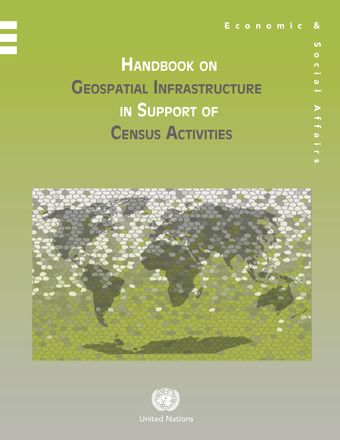Thematic map design

- Author: United Nations Department of Economic and Social Affairs
- Main Title: Handbook on Geospatial Infrastructure in Support of Census Activities , pp 199-237
- Publication Date: December 2013
- DOI: https://doi.org/10.18356/73437069-en
- Language: English Arabic, Chinese, French, Russian, Spanish
The present annex presents a brief overview of design considerations for making thematic maps. This overview cannot cover all the issues surrounding information content of maps, however; if necessary, a textbook should be consulted. Cartographers distinguish between several types of maps. General purpose maps serve as a reference frame for orientation. They show mostly real geographic features that can be observed on the ground. These features are either natural—rivers, mountains, coastlines—or man-made, such as roads or settlements. Reference maps also show features that are not visible on the ground. The best example are political boundaries and the reference grid showing latitudes and longitudes. Topographic maps fall into this category of general-purpose or reference maps. They play an important role in the mapping of enumeration areas as they provide information about features that an enumerator uses for orientation in the assigned work area.
© United Nations
ISBN (PDF):
9789210557542
Book DOI:
https://doi.org/10.18356/30560942-en
Related Subject(s):
Economic and Social Development
Sustainable Development Goals:
-
From This Site
/content/books/9789210557542c013dcterms_title,dcterms_subject,pub_keyword-contentType:Journal -contentType:Contributor -contentType:Concept -contentType:Institution105
/content/books/9789210557542c013
dcterms_title,dcterms_subject,pub_keyword
-contentType:Journal -contentType:Contributor -contentType:Concept -contentType:Institution
10
5


